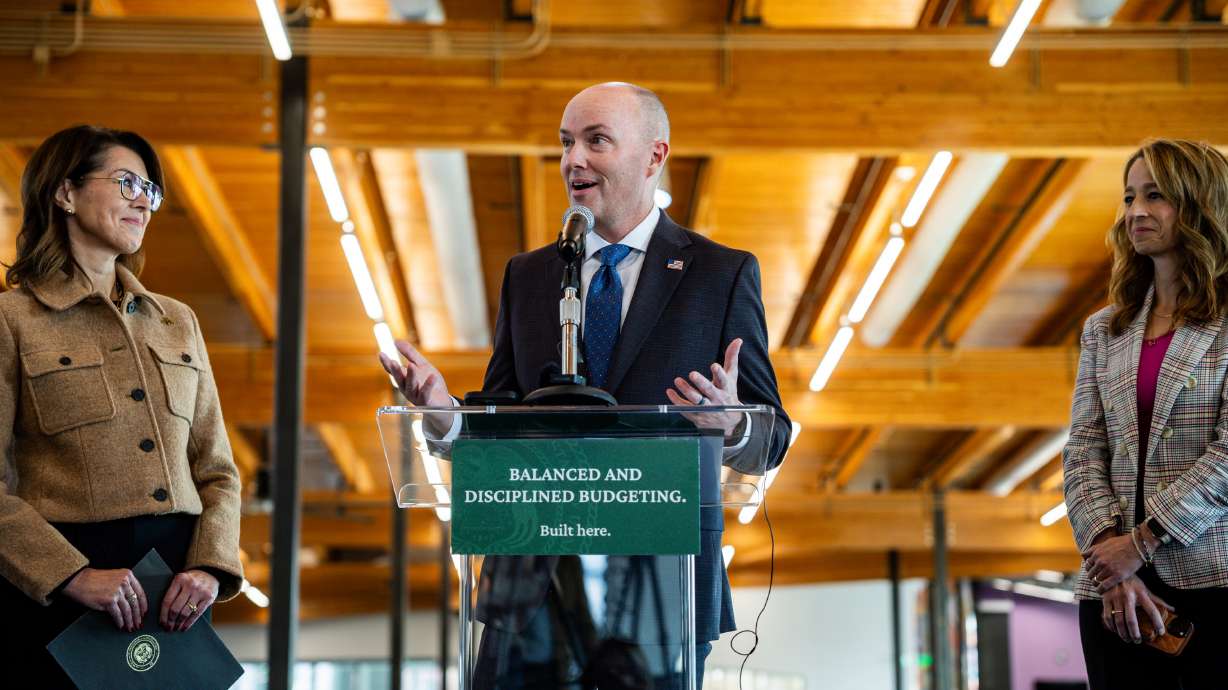“It is well to be up before daybreak, for such habits contribute to health, wealth, and wisdom.” –Aristotle
Perhaps it was this Aristotelian proverb that led Congress to pass the Standard Time Act of 1918 establishing both a standard time and the practice of clock shifting known as Daylight Saving Time (DST)—or perhaps it was the industrial war effort of World War I instead. Either way, the clock shifting practice has been controversial over the years as it was repealed, vetoed, over-ridden, reinstated temporarily during World War II, observed in select localities, mandated nationwide, extended in duration by months for a brief period, and finally, most recently, extended in duration permanently by a few weeks.
Currently, observance of standard time and Daylight Saving Time is governed by the Uniform Time Act of 1966 as amended by the 2005 Energy Policy Act which extended the saving period by a few weeks starting in 2007. Under the act, individual states are permitted to exempt themselves by state law as have Alaska and Arizona.
Recently, Utah lawmakers passed HB 197 which directed the Governor’s Office of Economic Development (GOED) to conduct a public meeting to gather comments and input on the impact of exempting Utah from daylight saving. The meeting was hosted in the Clarke Planetarium in Salt Lake City where a demonstration of various sun movements could be simulated. GOED has created a website to gather votes and opinions on the issue. Thus far, it seems those individuals most ardently opposed to DST have volunteered their opinions (68%) while many unaware of the issue may not have chimed in yet. Whether you favor or oppose government mandated clock shifting, GOED wants to hear from you.
The arguments surrounding time standards range from energy savings to health. Benjamin Franklin was one of the earliest observers of the controversy when he once wrote a satirical essay for a Parisian newspaper on the subject arguing that it would be more economical for people to conduct their affairs during daylight hours instead of sleeping past sunrise and spending money on candles. He jokingly suggested that the government could levy taxes on window shutters, ration candle sales, establish police checkpoints to prevent travel after dark, and fire cannons at sunrise. While Franklin’s satire was written long before the United States mandated DST, his joke isn’t so far off from today as the coercive power of government has effectively mandated this shift in time.
What role, if any, does the government have in coercing clock shifting? Some would argue that in a free market, government regulation has a limited role that often includes establishing standard weights and measures facilitating transparent and informed exchanges. The calculation and tracking of time is one such standard. While the French International Bureau of Weights and Measures (BIPM) maintains the accurate worldwide “Coordinated Universal Time” (UTC), the observance of the clock shifting Daylight Saving Time tradition is left up to specific states and countries. The issue of standards here may be that our government wants to maintain two different standards in order to gain the advantages of both. However, the shifting itself is what many opponents of DST cite as the problem.
To gauge opinion on the issue, GOED has broken the idea into three main alternatives:
- Retain the status quo. Maintain the use of Daylight Saving Time along with the other 48 states.
- Opt out of DST in summer months and align with Arizona on Mountain Standard Time (MST) year around. This would mean it would get darker “sooner” in the summer months because it would get light “sooner” (summer sunrises at 5:00 AM instead of 6:00 AM).
- Extend DST to year around. This would make Utah the only state in the nation to abandon standard time for all months of the year. While other states have discussed it including proposals in Alabama and one in Florida creatively named the “Sunshine Protection Act,” none have passed anything. This would mean winter sunrises as late as 8:50 AM instead of 7:50 AM in late December.
Proponents of DST enjoy and depend on the extended light in the summer evenings for recreation and yard work while opponents of DST enjoy cool mornings in the early daylight for exercise and chores before the work day. The recreation and tourism industry believe that DST is a major economic development force while the traditional farmer community remains largely neutral. Many are simply annoyed—especially parents of young children who have difficulty adapting—at the bi-annual switching that interrupts sleep patterns and changes the amount of light during commutes to work and school. Attendees at the GOED meeting cited road safety as the biggest concern of the “spring forward” leading to more accidents and children traveling to school in the dark for additional weeks during the spring.
While some argue that daylight saving time conserves energy because people have one fewer hour in the evening that they need to use artificial lighting, these are likely the people that live in cooler northern states and judge their electric bills on the use of light bulbs. For those in hotter southern states, electric consumption is based more heavily on air conditioning use and going to bed moments after sundown on a hot summer day will likely mean an extra hour of near peak air conditioning use for each household. Moreover, in colder northern states daylight saving time in winter months would actually reduce heating expenses slightly as homes require less heating during daylight hours. The actual data on this is in dispute. One Department of Energy study found that the recent extension of daylight saving time by a few weeks resulted in an electricity savings 0.03% for 2007. However, a National Bureau of Economic Research study found that the general observance of daylight saving time actually increased residential electricity demand in Indiana by 1%.
In either case, the course of action for Utah may depend on your opinion and engagement on the issue. Utah is uniquely positioned to opt out of DST if we choose. Because the state is on the western edge of the Mountain Time zone and not as far north as Idaho and Montana we could see less of an impact on our day length from opting out of DST. As a northern hemisphere country in the temperate mid-latitude range, the effect of the sun on a given state is related to latitudinal position almost as much as its longitudinal position. In other words, variation in duration of daylight is more severe in northern states than southern states. This is why, albeit to a lesser degree than Arizona, Utah might be able to get away with sticking to one time standard all year long without too significant of an impact as compared to more northern states.
The outcome of this effort may result in a future legislative proposal or perhaps a popular ballot referendum. Either way, Libertas encourages you to read the comments collected thus far by GOED, study the issue, and share your informed opinion here.




